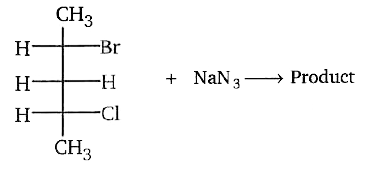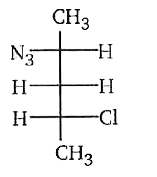What are the two principal thrusts in Physics?
To answer the question regarding the two principal thrusts in Physics, we can break down the solution into clear steps:
1. Understanding Principal Thrusts in Physics:
- The principal thrusts in physics refer to the overarching goals or objectives that physicists aim to achieve in their research and understanding of the physical world.
2. Identifying the Two Principal Thrusts:
- The two principal thrusts in physics are:
- Unification: This involves bringing together different laws of physics that apply to various phenomena into a single theoretical framework. The goal is to create a unified theory that can explain a wide range of physical phenomena.
- Reduction: This refers to the process of simplifying complex systems by breaking them down into their fundamental components. By understanding these simpler constituents, physicists can apply the laws of physics to analyze and understand the behavior of more complex systems.
3. Examples of Each Thrust:
- Unification Example: An example of unification is the law of gravitation, which can be integrated with other fundamental forces to form a more comprehensive understanding of physical interactions.
- Reduction Example: An example of reduction is analyzing a complex system, such as a gas, by studying the individual particles that make it up, allowing for the application of statistical mechanics.
4. Conclusion:
- In summary, the two principal thrusts in physics are unification and reduction, both of which aim to enhance our understanding of the physical universe by either combining theories or simplifying complex phenomena.
- The principal thrusts in physics refer to the overarching goals or objectives that physicists aim to achieve in their research and understanding of the physical world.
- The two principal thrusts in physics are:
- Unification: This involves bringing together different laws of physics that apply to various phenomena into a single theoretical framework. The goal is to create a unified theory that can explain a wide range of physical phenomena.
- Reduction: This refers to the process of simplifying complex systems by breaking them down into their fundamental components. By understanding these simpler constituents, physicists can apply the laws of physics to analyze and understand the behavior of more complex systems.
- Unification Example: An example of unification is the law of gravitation, which can be integrated with other fundamental forces to form a more comprehensive understanding of physical interactions.
- Reduction Example: An example of reduction is analyzing a complex system, such as a gas, by studying the individual particles that make it up, allowing for the application of statistical mechanics.
- In summary, the two principal thrusts in physics are unification and reduction, both of which aim to enhance our understanding of the physical universe by either combining theories or simplifying complex phenomena.
Topper's Solved these Questions
- BOOK - AAKASH INSTITUTE ENGLISHCHAPTER - PHYSICAL WORLDEXERCISE - Try Yourself35videos
PHYSICAL WORLD
- BOOK - AAKASH INSTITUTE ENGLISHCHAPTER - PHYSICAL WORLDEXERCISE - ASSIGNMENT (Section-A)40videos
PHYSICAL WORLD
- BOOK - AAKASH INSTITUTE ENGLISHCHAPTER - OSCILLATIONSEXERCISE - Assignment (Section D) (ASSERTION-REASON TYPE QUESTIONS)13videos
OSCILLATIONS
- BOOK - AAKASH INSTITUTE ENGLISHCHAPTER - RAY OPTICS AND OPTICAL INSTRUMENTSEXERCISE - ASSIGNMENT (SECTION - D)16videos
RAY OPTICS AND OPTICAL INSTRUMENTS
Similar Questions
Knowledge Check
- Question 1 - Select One
What is the principal product of the following reaction ?
 A
A B
B C
C D
D
What are the two principal roles of the nucleus? What biomolecule is responsible for these roles?
View SolutionMain thrust in-physics is on
View SolutionState the two principal outcomes of the experiments conducted by Louis Pasteur on origin of life.
View SolutionWhat are the two factors which decide the physical state of a substance?
View SolutionA gas has more than one specific heats, whereas a liquid and solid have only one. Why?
OR
Why gas has two principle specific heat capacties.View SolutionThrust and Pressure
View SolutionWhat is the principal product of the following reactions?
 View Solution
View Solution
